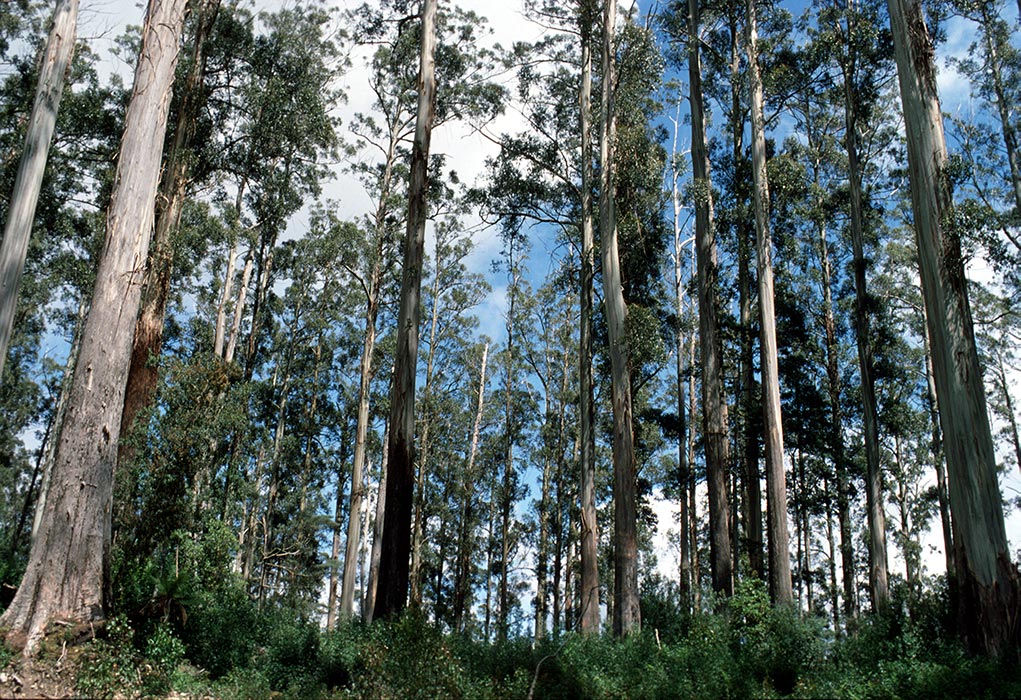The ecological impact of fire
Bushfires are a natural, essential and complex part of the Australian environment and have been for millions of years. Our country’s first peoples lived seemingly hand in hand with fire, having developed complex fire management practices that complemented their deep understanding of the country and landscape in which they lived. Some of our ecosystems have evolved to be fire dependent, and require periodic activity of fire.
Since European settlement, many bushfires have been events to be endured, natural disasters with sometimes catastrophic effects. Research efforts have focused on how to predict and control bushfires to protect lives and infrastructure, as well as understand the role that fire plays in the Australian landscape.
Clearly, all fires affect ecosystems and research is ongoing to determine both the negative and positive consequences of fire.
The Australian Alps is home to the Alpine Ash (Eucalyptus delegatensis) and Mountain Ash (Eucalyptus regnans), gum trees that can’t regenerate by reshooting following a bushfire—they can only reproduce from seeds. They only produce seeds after reaching maturity at an age of 15–20 years or more. If fires occur more often than every 15 years or so, this fire regime could kill trees before they produce seeds, and wipe out these forests.

However, if the timing is right, and seeds fall into the nutrient-rich ashes left by a fire, they can germinate and new seedlings can grow in very high densities.
It's not necessarily heat that triggers new growth. In more than 400 species of Australian plants, certain chemicals in the smoke from burning plant material promotes seed germination. It's so effective that smoke is now widely used in nursery production, bushland management and mine-site restoration. Smoke can be applied as water (smoke water) or in an aerosol form to seed trays, bushland soil or directly to seeds.
Seed isn't the only option for ecosystem regeneration after fire. Some plants regenerate from lignotubers, a woody swelling on or below the ground that is stimulated to grow new shoots following damage to the trunk or stem by fire or other causes.





